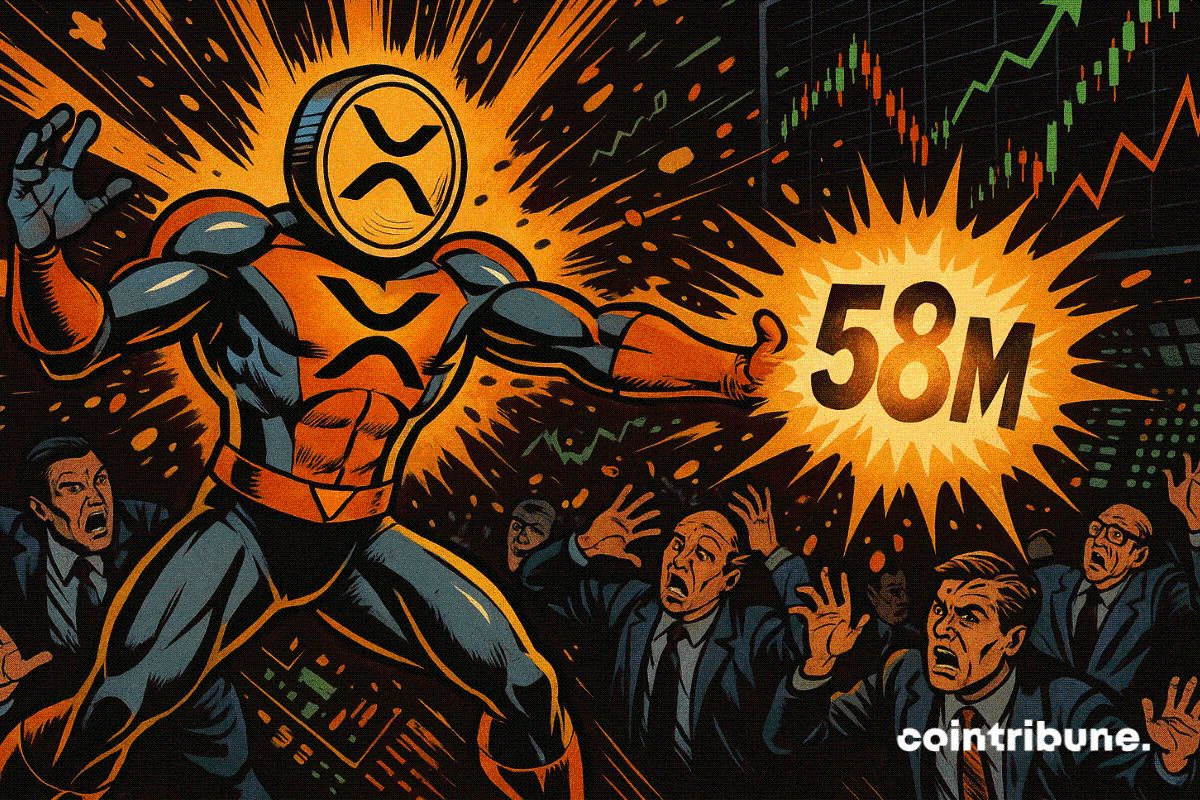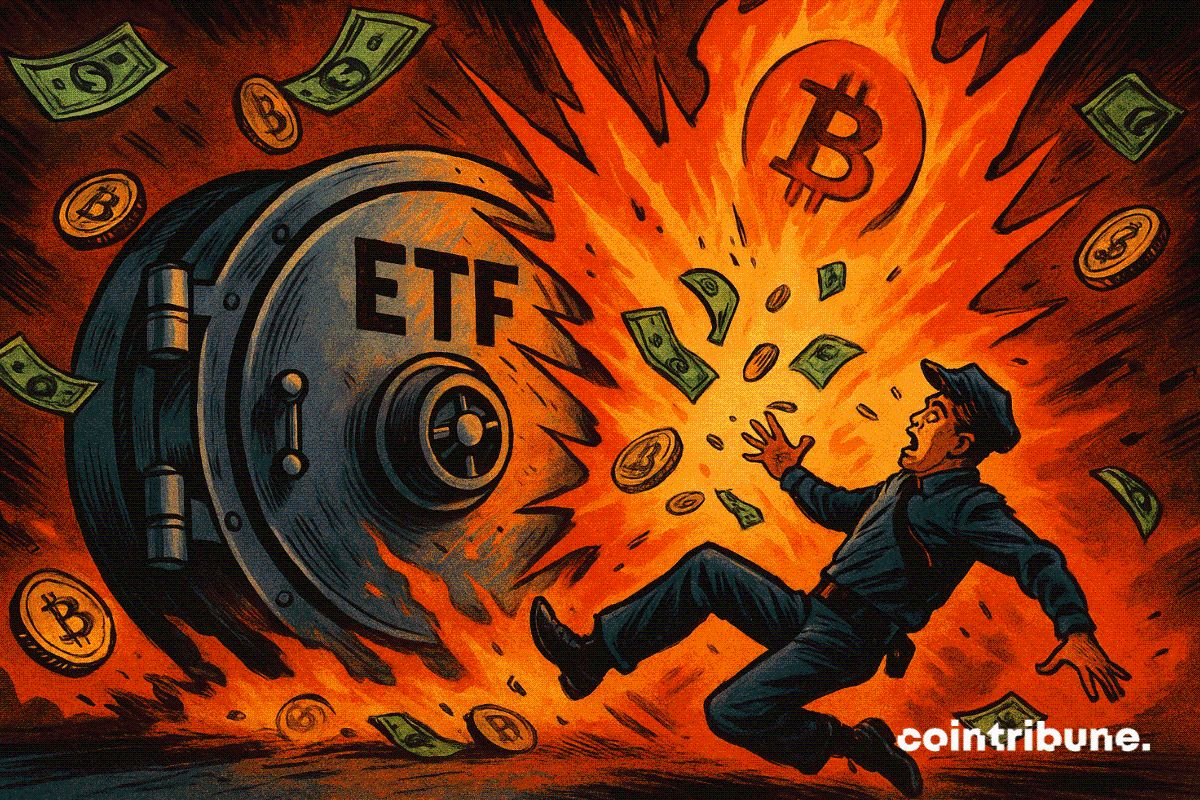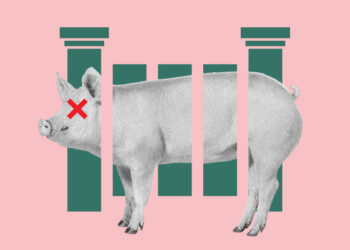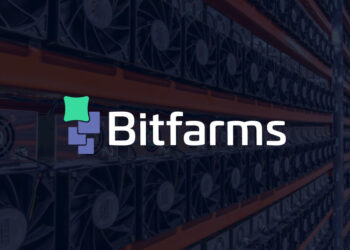a16z: Arcade tokens, the most underrated type of token
Arcade tokens are the least known and most undervalued.
Arcade tokens are the least known and most underrated.
Written by: a16z
Translated by: Block unicorn
We recently compiled a brand new, comprehensive classification system for token types, including network tokens, collectible tokens, and meme coins. Among the seven types we identified, arcade tokens are the least known and most underrated: a token with relatively stable value within a specific software or product ecosystem, typically managed by an issuer (such as a company).
Essentially, arcade tokens are a blockchain-based form of asset, similar to certain assets people are already familiar with: for example, airline miles, credit card points, digital gold coins in games, and so on. What they have in common is that they are currencies circulating within and supporting the operation of a market economy: for example, frequent flyer miles and reward points can enhance brand loyalty and be used to purchase tickets and upgrades; digital gold coins allow you to buy and sell items in video games.
Although companies have used such assets for decades, almost all previous cases existed in centralized databases, limiting ownership, transferability, and user choice. Arcade tokens based on public blockchains are different—they are open, interoperable, and composable, giving them a range of new market design advantages.
This article aims to answer the most common questions we receive about arcade tokens: what they are, what they do, why they are valuable, how developers can use them, the design trade-offs involved, and the opportunities they bring.
What are arcade tokens?
On a technical level, arcade tokens are essentially digital currencies used within their associated application ecosystems—their supply and demand are flexibly managed to maintain price stability. You can first think of them as currencies in digital economies.
So, where does the term "arcade token" come from? Whether or not you’ve been to an arcade, you’re probably familiar with the concept: you walk in, exchange cash for tokens (usually physical tokens), and then use those tokens to play a few rounds of Galaga, Gator Panic, or any other game you like. These tokens allow you to participate in the arcade’s economy.
The arcade analogy clearly illustrates how these tokens work: arcade tokens have relatively stable value within their respective economies—whether within a single service or across multiple services. The relative stability of arcade token value distinguishes them from other types of tokens, such as those whose value derives from underlying assets (like asset-backed tokens or collectible tokens), decentralized network market operations (like network tokens), or speculative investments in specific entities (like company-backed tokens or security tokens).
Despite the funny-sounding name, arcade tokens are a powerful programmable economic primitive—they are key to unlocking new areas in crypto design space.
What are not arcade tokens?
Again, the most substantial difference between arcade tokens and other types of tokens is that arcade tokens are not for investment or speculation. Unlike people who typically hope to gain investment returns by purchasing network tokens or security tokens, arcade tokens are for consumption.
People sometimes refer to arcade tokens as "utility tokens" because they are intended to provide utility. We avoid this label because it implies that other types of tokens lack utility, which is not the case. (For more information, see our article "Token Definitions.") Other names for arcade tokens include "points" (although in everyday language, this usually means the related records are stored on a private ledger rather than a public blockchain) and "loyalty tokens" (which refers only to a specific application).
This does not mean that the value of arcade tokens will never change—as we describe below, the purchase price of arcade tokens may fluctuate slightly over time. But arcade tokens are usually supplied infinitely at the current price, and they do not offer, promise, or imply financial returns. This means they are generally not suitable as investment products and are therefore typically not subject to U.S. securities laws.
This does not mean that the value of arcade tokens will never change—as we will elaborate below, the purchase price of arcade tokens may experience slight fluctuations over time. But arcade tokens are usually supplied infinitely at the current price, and they do not offer, promise, or imply any financial returns. This means they are generally not suitable as investment products and are therefore typically not subject to U.S. securities laws.
What are arcade tokens used for? Why should developers consider using them?
Arcade tokens enable developers to mint and distribute value within digital economies. Crucially, this ability to create and distribute value can incentivize user behavior, drive early growth, and generate network effects—without relying on external capital or speculative demand.
The logic is simple and aligns with the arcade example: if you run an arcade, you definitely want to control the supply of tokens so that the issuance matches customer demand. For example, if the number of customers doubles one day, issuing about twice as many tokens may be more helpful so that all customers can play the games they want (assuming there are no capacity limits). Since you can issue enough tokens, why turn customers away?
You may also want to be able to adjust prices: if you make major improvements to the arcade itself—for example, doubling the number of games, introducing more advanced and feature-rich machines, or offering more generous prizes—you might raise the price per token. In short, you need the flexibility to control your economy to better balance supply and demand (and also to showcase the value of your arcade to customers).
In addition to optimizing daily operations, this economic control helps build lasting relationships with your most loyal customers. For example, you can issue reward tokens to your most active players. More importantly, when people end the day with some tokens left in their pockets, it incentivizes them to return to your arcade, since those tokens can be used there.
More formally, arcade tokens support:
- Dynamic pricing and promotions: Arcade token issuers can adjust token prices, adjust the purchase price denominated in tokens, or both. This allows them to offer discounts on goods or services during periods of low demand or reward spending during peak periods.
- Network effects: Similar to airline miles and credit card points, users who earn or hold tokens are more likely to remain loyal to the brand. The value of this established user base encourages merchants, developers, and other service providers to participate more, thereby increasing user value—this is the classic platform network effect.
- Incentives and loyalty rewards: Arcade token issuers can provide rewards and other benefits to customers who complete specified actions. They can also use issuance rights to reward network participants when tokens are accepted or redeemed. All of this reinforces the network effects described above.
- Economic control: Arcade token issuers can burn tokens upon redemption, track liabilities on-chain, and implement central bank-like monetary policies—while keeping supply and pricing within predictable ranges.
How do arcade tokens work?
Economic Dynamics Analysis
The economic dynamics of arcade tokens distinguish them from other types of tokens. Arcade tokens do not grant holders ownership of the underlying ecosystem but rather the right to access or use specific applications or services; crucially, their market value is designed to be programmatically constrained. This does not mean that arcade tokens must be pegged to fiat currency like stablecoins; it simply means that issuers can use certain mechanisms to set a price floor, and usually more importantly, a price ceiling.
Arcade tokens are usually freely purchasable at a preset price. Think of the token vending machines in seaside boardwalk arcades: you walk up, insert a dollar, and the machine gives you four tokens, each priced at 25 cents. This token vending machine, often called a "faucet" or "valve," essentially sets a price ceiling—the market value should never exceed this ceiling. Therefore, arcade tokens do not have investment value: they are for consumption, not speculation.
The value of the token can be assessed based on its redeemable value through any "sink mechanism" (i.e., mechanisms by which tokens exit circulation). In arcade games, the "sink mechanism" refers to the game's "coin slot"—the slot you must insert a token into to play. If playing a game requires one token, then its value should be 25 cents. Alternatively, the arcade can set a buyback price slightly below the initial price; thus, the issuer can guarantee to always buy back these 25-cent tokens at 20 cents each. This sets a price floor, below which the token price should not fall.

Consider the impact of these parameters on the market: if you know you can always buy the same token from the faucet (or vending machine) for a quarter, would you pay a dollar to a speculator for a token worth 25 cents? Absolutely not—that makes no sense! (Or rather, it's just not cost-effective.) Someone moving to another city might stand outside the arcade trying to sell their leftover 25-cent tokens for 22 cents each, but no one would pay more than 25 cents for them. So, while some people may choose to sell their arcade tokens at a discount (e.g., if they are leaving the ecosystem entirely), the token price should remain relatively stable at any given time.
All these non-speculative factors make arcade tokens particularly suitable as the foundation for a controlled market economy. Note that this does not depend on whether the scope of arcade token usage is narrow (limited to a single application or service) or broader—they are simply the result of the "faucet / redemption" design of arcade tokens. (Continuing with the arcade example: even if the local grocery store owner is a video game enthusiast and chooses to accept local arcade tokens instead of cash, if you can just walk to the arcade and buy tokens for 25 cents each, there’s no reason to pay more than 25 cents per token.)
Why not just accept stablecoins as a payment method?
Arcade tokens conceptually overlap with stablecoins in some ways—both are designed to facilitate economic transactions while maintaining relatively stable value. But arcade tokens offer developers greater flexibility. Issuers can mint arcade tokens as needed (though issuers still need to track the "shadow" value of these tokens—the value at redemption—on their balance sheets). Issuers can then use these tokens to provide grants and subsidies to users, developers, and other network participants. In addition, these tokens encourage participants to stay within a specific economy rather than spend funds elsewhere. (There’s a reason airlines issue "miles" instead of giving frequent flyers direct cash rebates—those miles must be used to purchase future flights.)
Arcade tokens also provide developers with more monetization options. Issuers can sell tokens directly to users (at fixed or dynamic prices), bundle them into subscription packages, or distribute them through promotional campaigns. When a partner network agrees to accept a certain arcade token, they can establish cross-promotion and affiliate marketing models—strategies that expand each partner’s reach without external funding.
Crucially, arcade tokens also allow issuers to finely control value flows within the economy:
- Restrict transferability (e.g., only within the app or between whitelisted addresses),
- Set depreciation or expiration dates (to encourage timely use and reduce hoarding), and
- Link redemption to specific goods or services (aligning utility with economic intent).
These features help reinforce the value of tokens as a medium of exchange rather than a speculative asset and can be encoded through on-chain programming. In short: arcade tokens can help kickstart growth, encourage user participation, and manage the operation of internal economies, while giving their maintainers a certain degree of control.
The Power of Interoperability
As we have already described, arcade tokens issued on public blockchains are similar to loyalty points or airline miles—but with one major difference: they are on-chain, which means they can be open, interoperable, and composable.
Unlike traditional loyalty systems that lock value within closed ecosystems, blockchain-based arcade tokens can be shared, accepted, and redeemed among multiple participants without permission—in theory, even among competitors. Portability is a major advantage: in this model, users can transfer loyalty to different services, and status can also be easily transferred (for example, unlike today’s cumbersome airline "status matching" processes). This portability encourages market participants to compete on product and service quality rather than simply locking in users, and can turn fragmented loyalty programs into public goods.
So far, one of the best on-chain arcade token cases is the $FLY token issued by Blackbird, founded by the creators of Resy and Eater. This token creates a loyalty program for restaurants similar to Starbucks Rewards or McDonald’s membership rewards. This may sound familiar, but it’s unique: the same token can be used at multiple different restaurants. Customers earn tokens after spending at restaurants in the Blackbird network, then redeem them for discounts and other perks at any participating restaurant. Since the underlying protocol is blockchain-based, all of this is done without direct interaction between restaurants. Just as a single restaurant’s rewards program can enhance customer loyalty, $FLY can simultaneously boost loyalty across the entire restaurant network.
Consumers benefit from broader utility; businesses benefit from shared network effects.
The result is cooperative competition (rather than traditional competition): for example, your neighborhood coffee shop and Starbucks can both benefit from accepting the same token. While at first glance it may seem that neither coffee shop would want this, a shared membership program enabled by arcade tokens can actually benefit both. Arcade tokens can make the experiences at Starbucks and the local coffee shop complementary, so that visiting either one provides perks that enhance the value of both. For example, if one of them offers a free mocha in exchange for arcade tokens, the value customers get from buying coffee at both stores increases. Such perks can enhance customer loyalty to the coffee chain network and encourage customers to allocate a greater share of their budget to coffee.
This cooperative competition can bring more total surplus to the network, which can be distributed according to each supplier’s sales. In other words, instead of fighting for a slice of the pie, make the pie bigger.
Design Trade-offs (and Opportunities)
Arcade tokens are not suitable for every project. In cases where speculative assets are needed, arcade tokens are inappropriate. For example, a layer-one blockchain network with its own network token usually does not need arcade tokens to function.
But for many projects—especially those with consumption as their core economic model or those integrating with the physical world—arcade tokens may be a very attractive option. They have the following advantages:
- Price stability: Achieved through price ceiling and floor mechanisms and control of issuance volume.
- Ease of use: Intuitive and stable value helps users understand their spending.
- Accounting clarity: Their cost on the balance sheet is the opportunity cost at which they can be redeemed—no more, no less.
- Control: Issuers can manage them in a manner similar to central banks.
We are also seeing arcade tokens gradually becoming a supplement or precursor to network tokens. Blackbird’s $FLY token allows users to redeem at any partner restaurant, and this redemption is managed by a specially built blockchain layer powered by a network token. For example, a decentralized computing network can use network tokens to secure and incentivize computing providers, while using arcade tokens to build network effects among users. Or, a marketplace platform can use arcade tokens to guide user participation, then gradually introduce network tokens as the protocol decentralizes. In these cases, arcade tokens can serve as an entry point, catalyzing early demand and helping the network achieve initial user growth, after which the network will transition to a more decentralized system in the long term.
Regulatory Outlook
An early example of arcade tokens is Quarters, from the blockchain-based gaming platform Pocketful of Quarters. Players can use Quarters tokens to access features and rewards in participating games. Regarding the view that arcade tokens are not investment assets, Pocketful of Quarters received a no-action letter from the U.S. Securities and Exchange Commission (SEC) in July 2019. The SEC stated in the letter that they recognized people use Quarters solely to participate in games, not for speculation or investment.
Despite this positive precedent, the Quarters no-action letter and many state regulatory regimes still have shortcomings. For example, they are skeptical of interoperability, viewing it as a loophole rather than a feature. Their reasoning stems from a mistaken view that once interoperability exists, assets are more easily traded and thus have the characteristics of financial instruments. This view ignores the fact that trading demand still depends on whether the asset has speculative upside—as we explained earlier, arcade tokens generally do not have this. Meanwhile, interoperability is one of the most exciting advantages of on-chain arcade tokens, bringing many benefits to consumers, including reduced transaction friction and increased choice.
Clever design can alleviate regulatory concerns. Arcade tokens do not need to be limited to closed networks. Mechanisms such as price ceilings, faucet-sink models, and redemption mechanisms tied to usage allow issuers to suppress speculation programmatically. Consumers can also benefit from interoperability, as it enhances user experience, promotes competition, and creates broader network effects—ultimately fostering innovation and delivering greater value to users without relying on financial speculation.
Although arcade tokens are not suitable for all scenarios, they are a crucial component in the evolution of crypto networks. Just as stablecoins have enabled new business models and network tokens have enabled decentralized value sharing and governance, arcade tokens can also drive the digital economy at scale.
As regulatory policies become clearer, we expect more developers and users to recognize the advantages of arcade tokens, as more projects (including those not native to crypto) explore their uses.
Disclaimer: The content of this article solely reflects the author's opinion and does not represent the platform in any capacity. This article is not intended to serve as a reference for making investment decisions.
You may also like
Cash App Sets 2026 Rollout for Major Crypto Upgrade With Stablecoin and Bitcoin Payment Features

Bitcoin ETFs Bleed $860M in Second-Largest Outflow on Record

Pig-Butchering Crypto Scams Emerge as National Security Threat, Experts Warn

Bitfarms Stock Tumbles as Miner Begins Two-Year Exit From Bitcoin to Embrace AI

